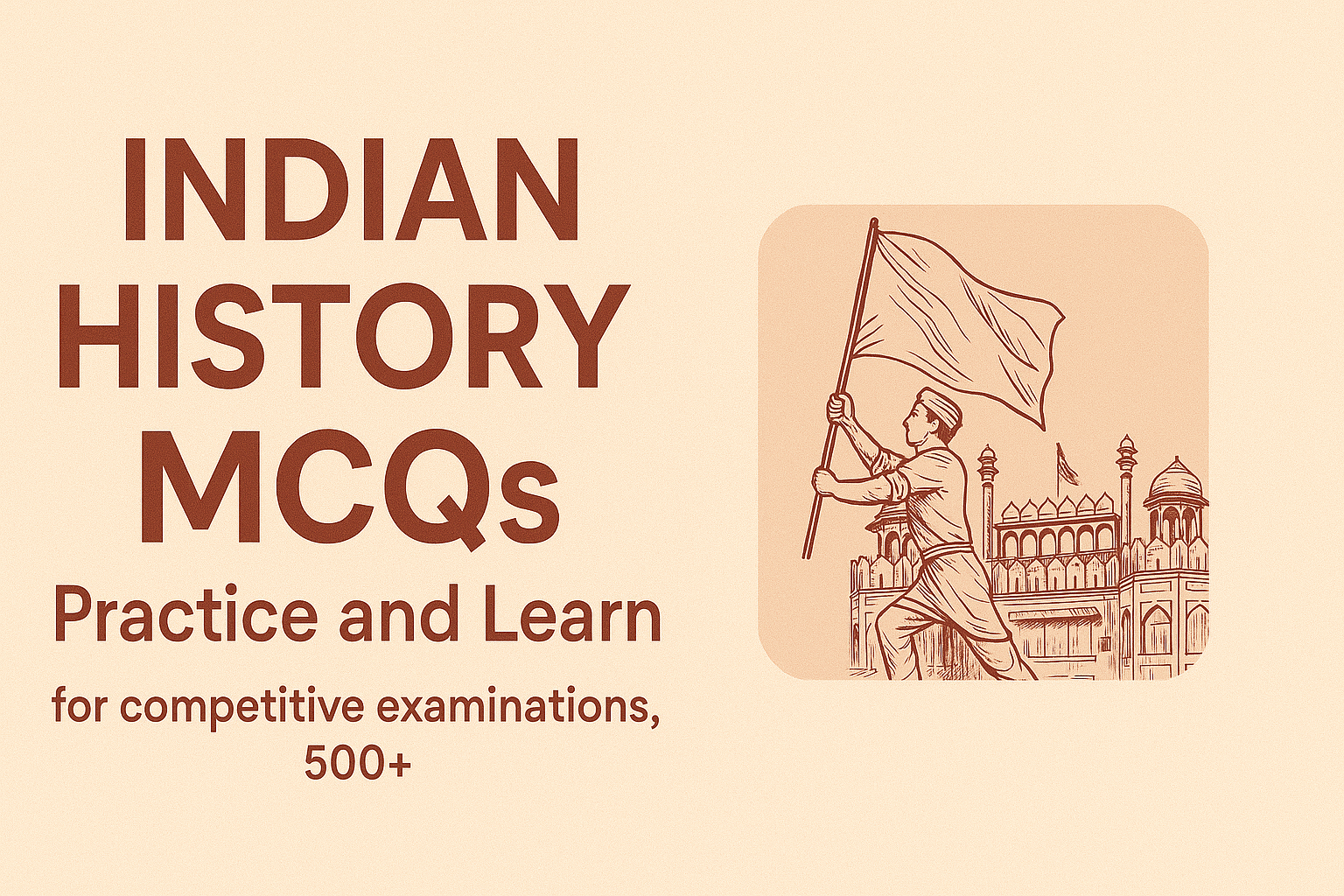
MCQ on Indian History
Seleucus was the General of
The Pact signed between Gandhiji and Dr. Ambedkar in 1932, for providing separate electorates for the depressed classes was :
The repressive Vernacular Press Act of 1878 was repealed in 1882 by :
The name of Sarojini Naidu is associated with :
A) Non-cooperation Movement.
B) Swadeshi Movement.
C) Civil disobedience Movement.
D) Quit India Movement
In which session of the Indian National Congress was the demand for 'Complete Independence' adopted ?
Who said 'You give me blood, and I will give you freedom' ?
When and where was the Tebhaga Movement started ?
Who was elected the president of Tripuri Congress session of 1939 ?
First elected President of the 'All India Kishan Sabha' was
Who is popularly known as 'Master da' ?
